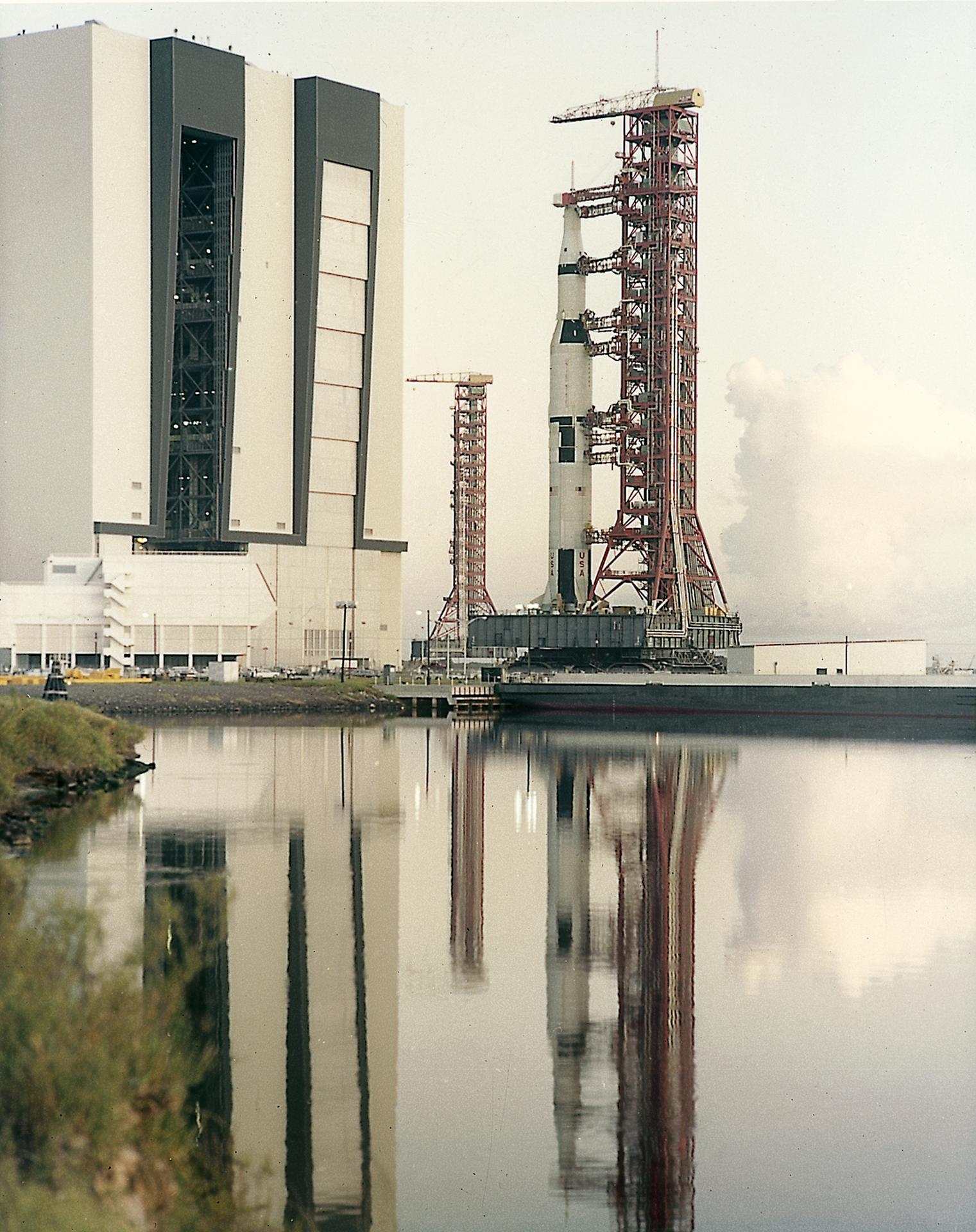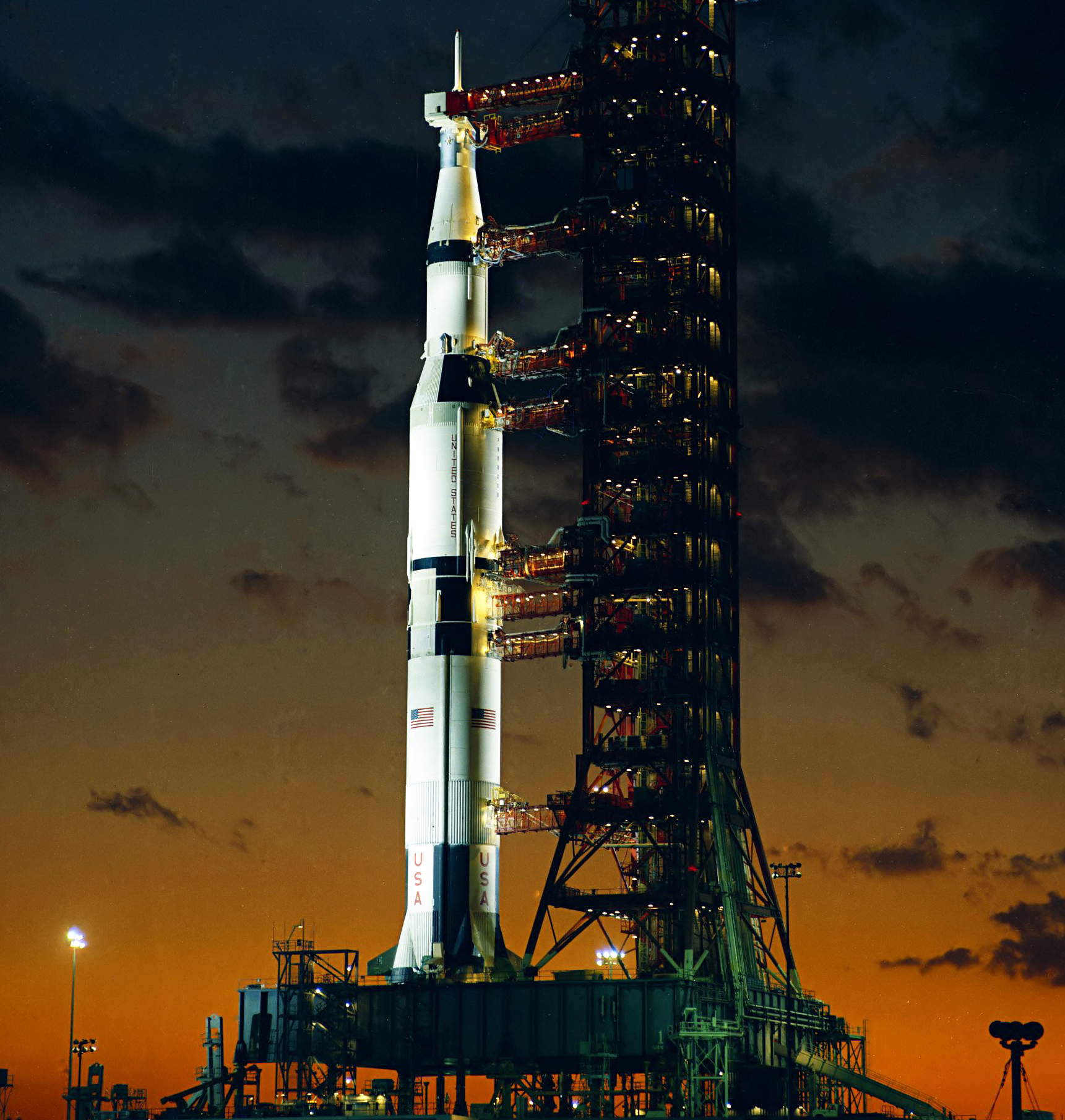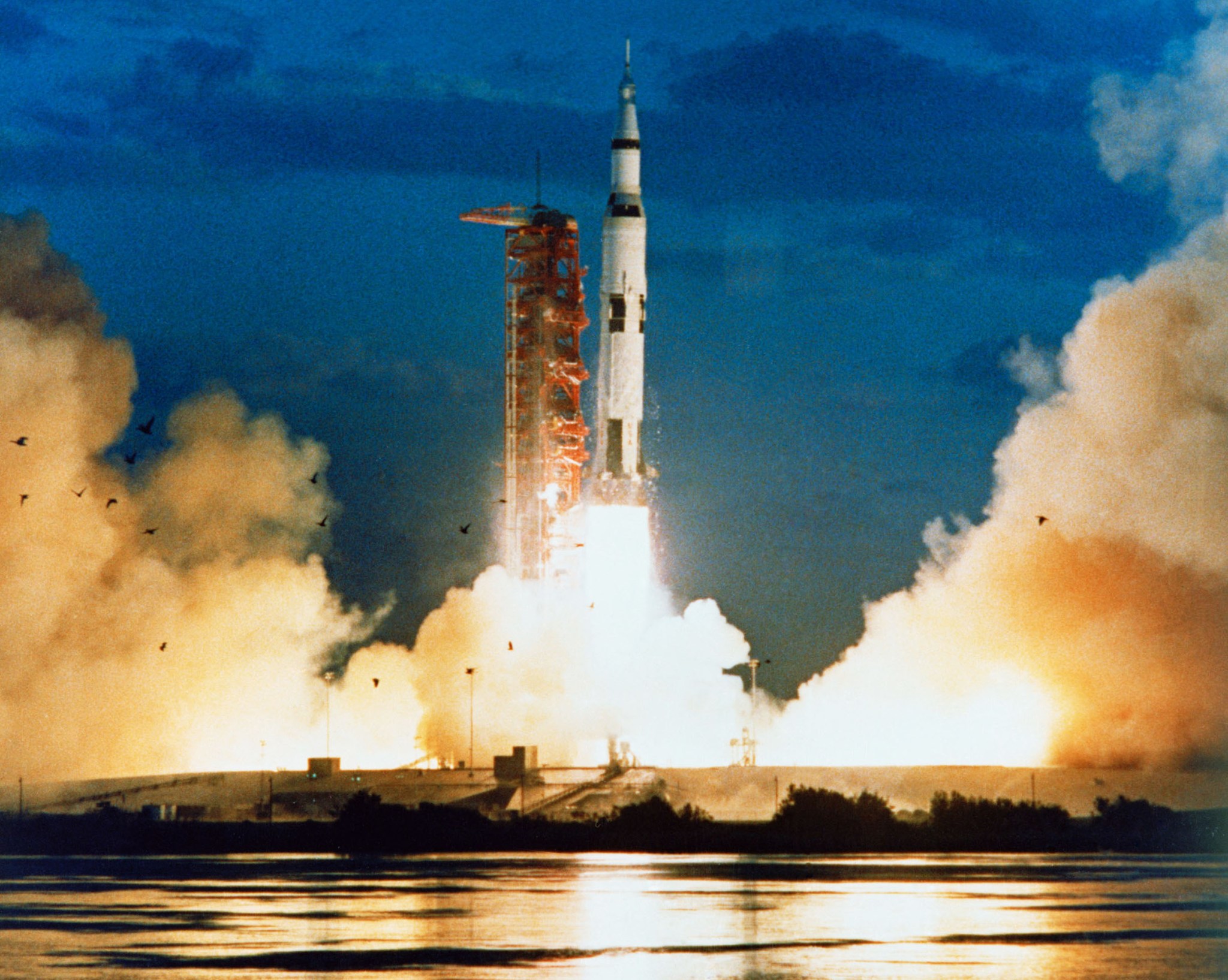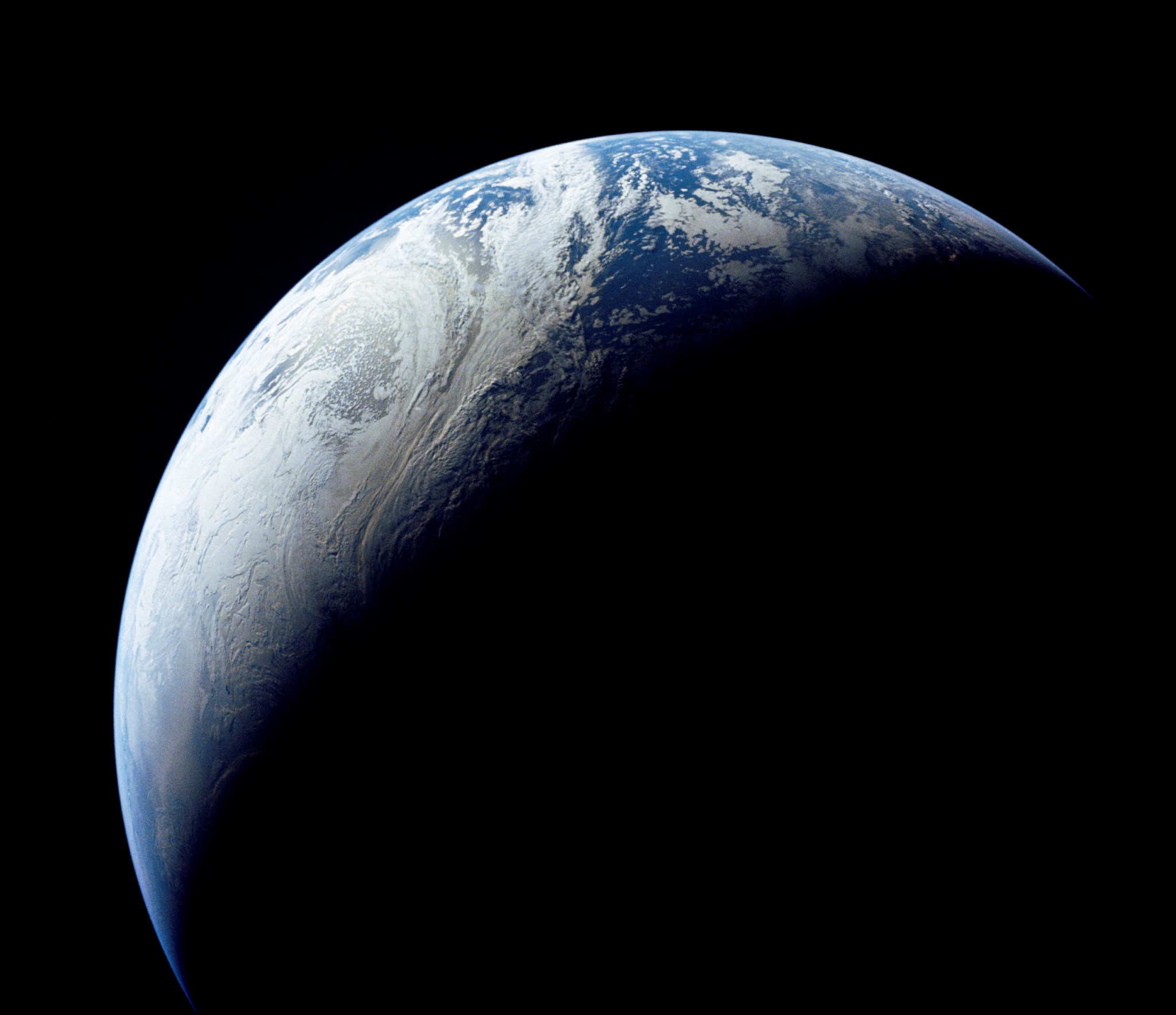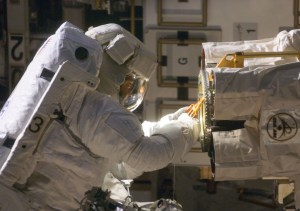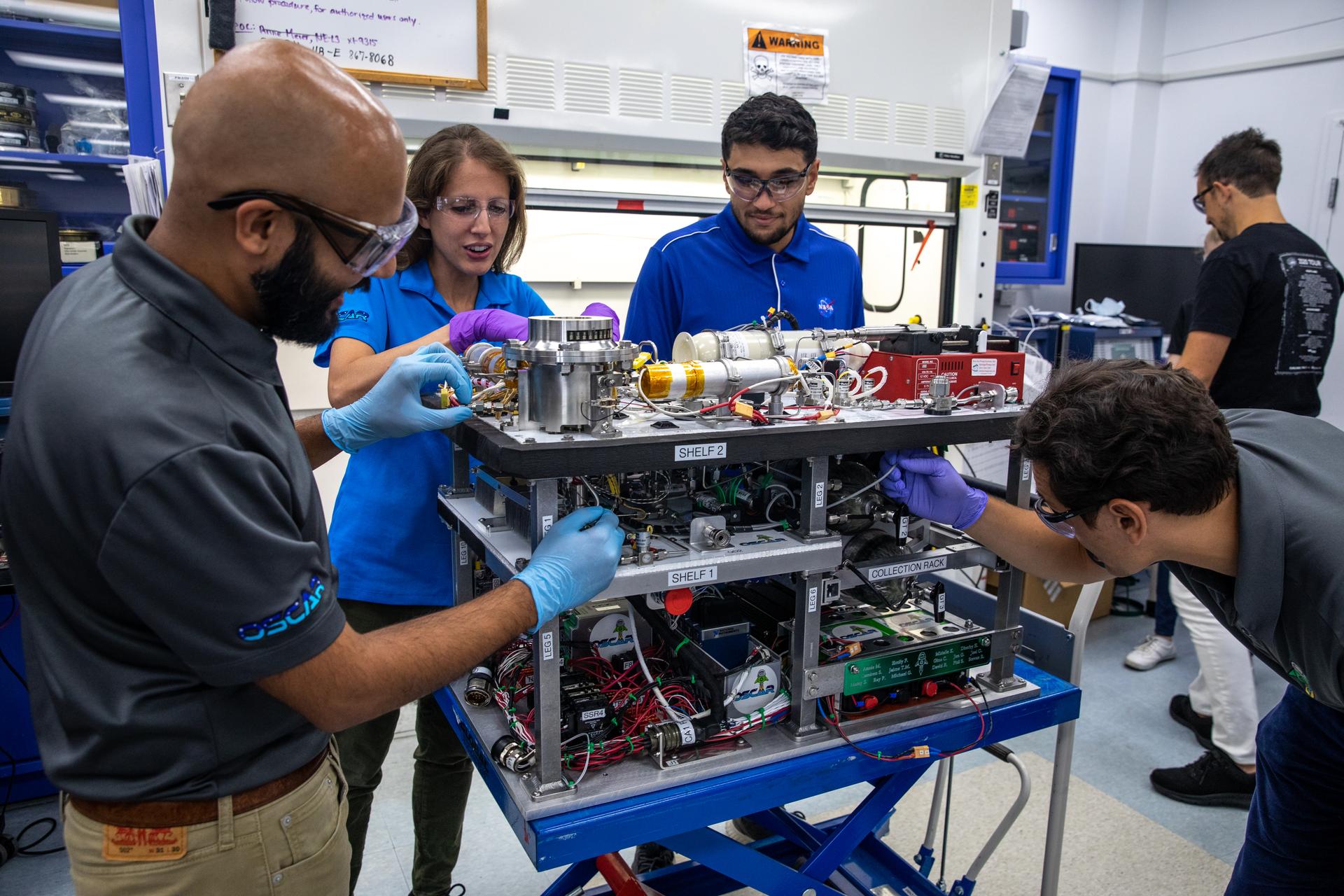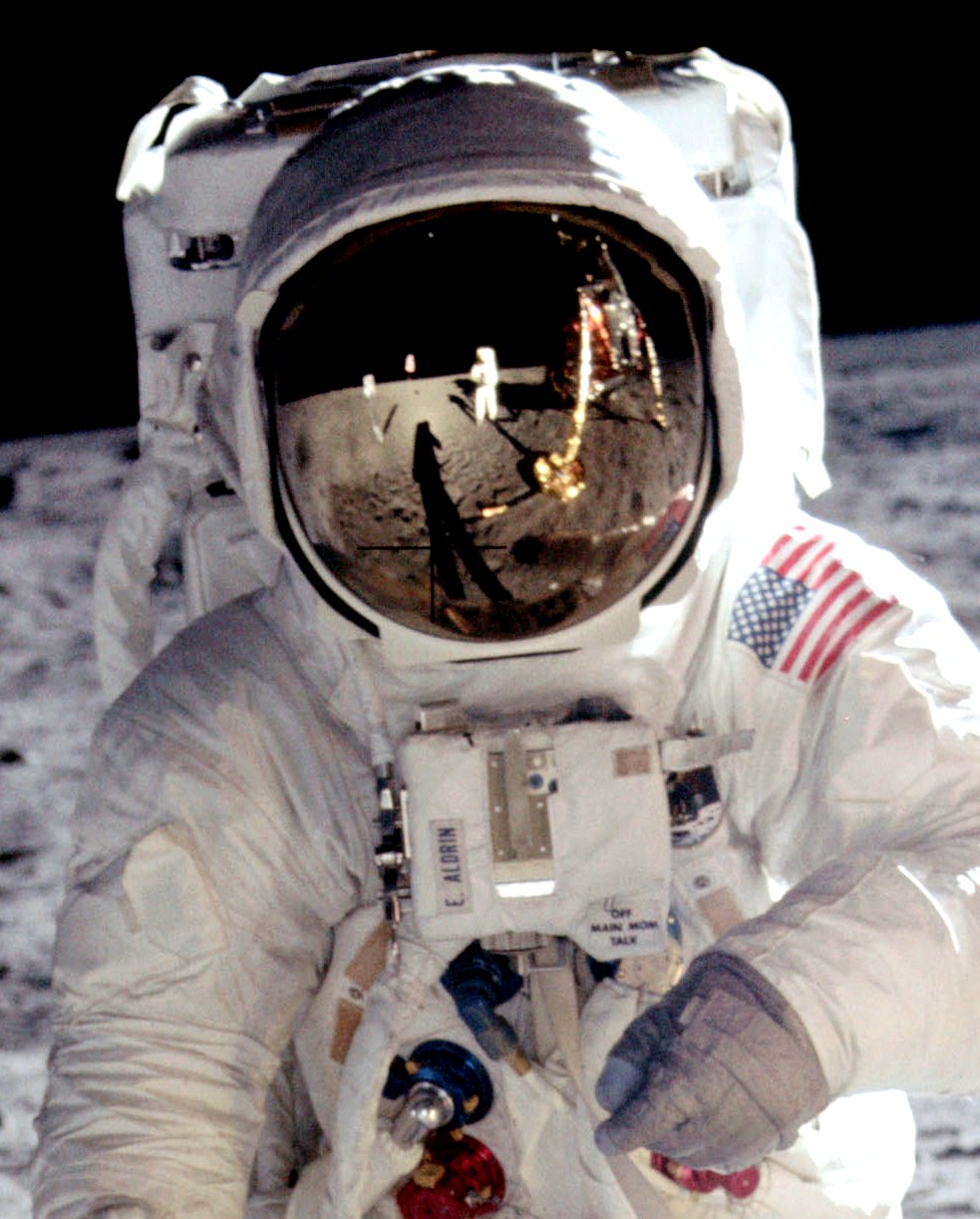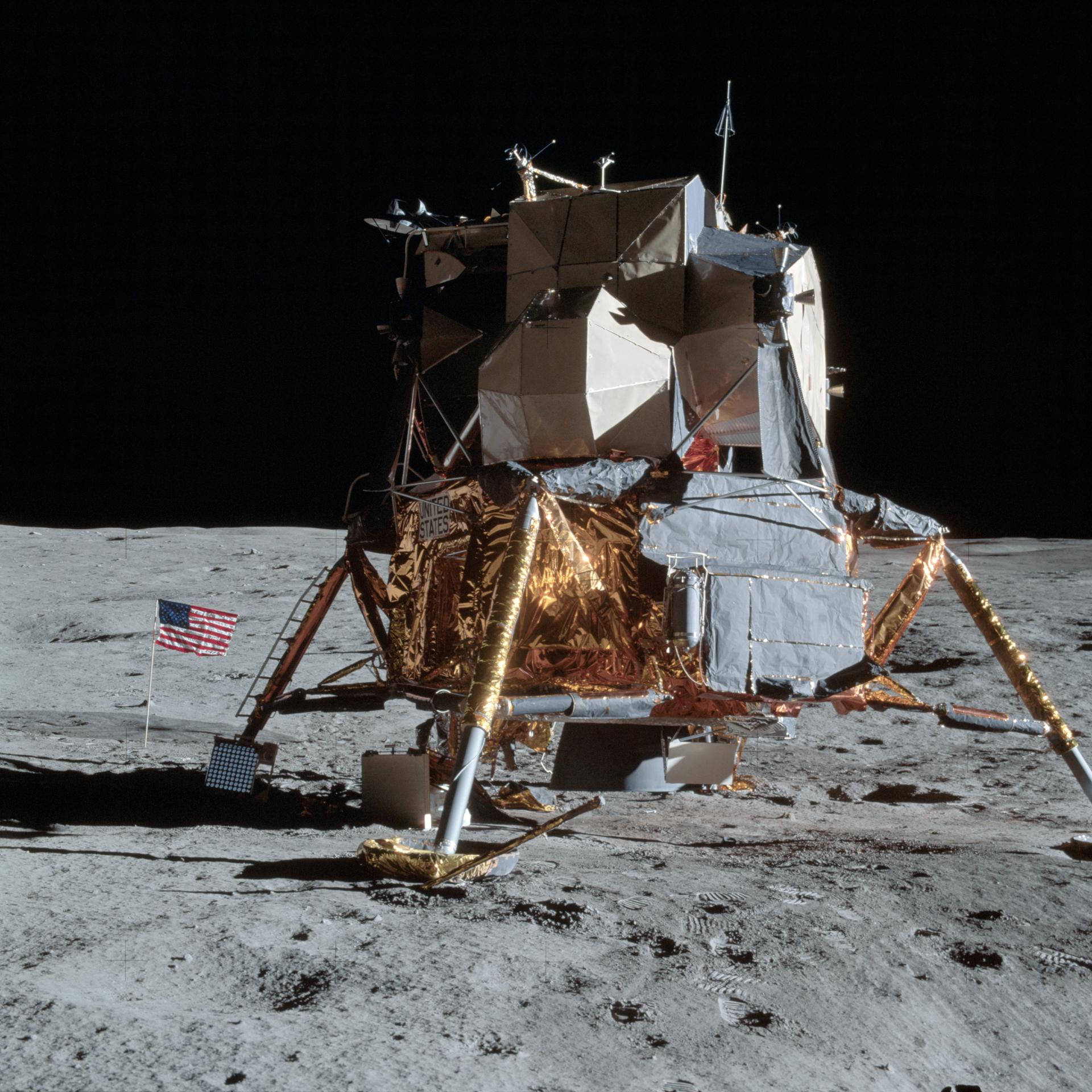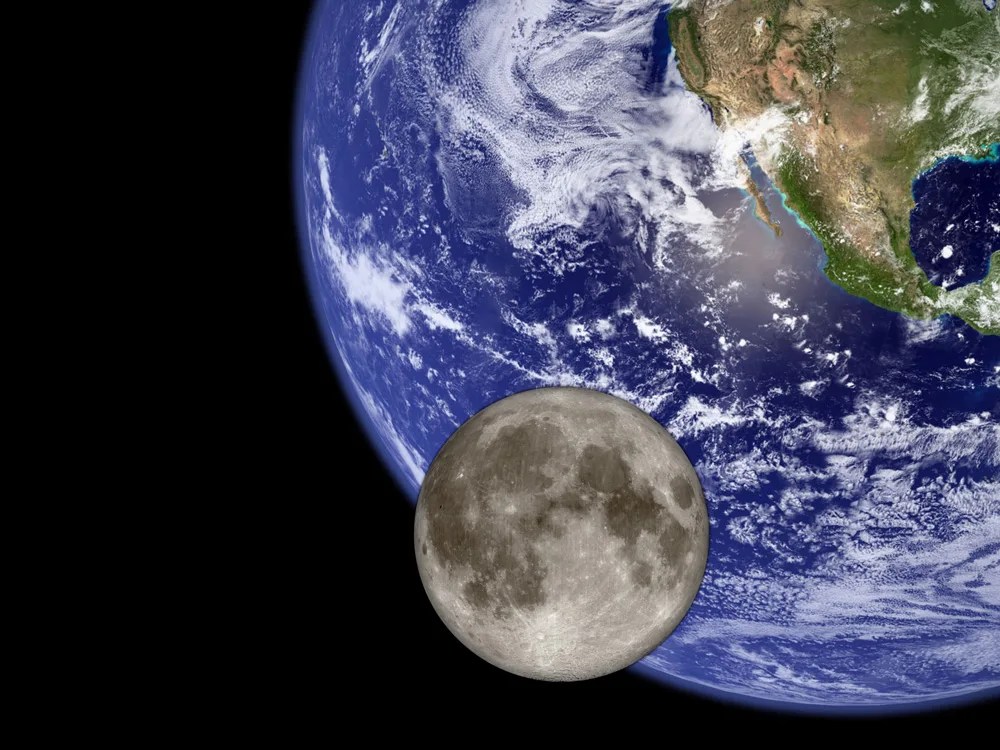Fifty years ago this month, NASA’s Kennedy Space Center in Florida experienced the roar of a rocket from Launch Complex 39 for the first time. Looking ahead to that milestone, President John F. Kennedy spoke to a crowd at Rice University in Houston on the hot afternoon of Sept. 12, 1962, explaining some of the challenges of going to the Moon.
“If we shall send to the Moon, 240,000 miles away … a giant rocket, … made of new metal alloys, some of which have not yet been invented, capable of withstanding heat and stresses several times more than have ever been experienced, fitted together with a precision better than the finest watch — then we must be bold.”
On the morning of Nov. 9, 1967, the ambitious effort to develop that rocket was achieved. The first flight test of the 363-foot-tall Saturn V lifted off as the uncrewed Apollo 4 mission. The rocket’s power of 7.5 million pounds of thrust reached the Launch Control Center (LCC), Press Site and spectators, all three miles away, shocking even veteran launch viewers.
From his broadcast structure, CBS News commentator Walter Cronkite reported that the building was shaking and that he and a producer were holding the glass window behind him.
NASA’s Public Information chief, Jack King, who served as countdown commentator, expressed a similar reaction.
“At liftoff, the vibration from the Saturn V showered us with dust and debris from the ceiling of the Launch Control Center which was brand new at the time,” he said.
Dr. Hans Greune, director of Kennedy Launch Vehicle Operations, also was in the LCC.
“I hope the Vehicle Assembly Building (VAB) doesn’t get any cracks,” he said afterward. “It rattled pretty hard and a cheer went up in the control room after liftoff.”
The celebration followed years of development for the launch vehicle required to meet President Kennedy’s goal to land on the Moon. With it, humankind could take its first trips beyond low-Earth orbit, expanding the frontiers of knowledge and opportunities in space.
The three-stage rocket was stacked in the VAB and was the first to take off from the new Launch Complex 39.
After the successful liftoff, Kennedy’s director, Dr. Kurt Debus, spoke of that achievement.
“After long years of preparing, designing, building and constructing a new type facility, it was put to the test for the first time and it was done extremely well,” he said.
The Saturn V’s third stage, or S-IVB, and Apollo command/service module were placed into a nearly circular 115-mile orbit, as would be the case on lunar missions. After two orbits, the S-IVB’s first re-ignition put the spacecraft into an elliptical orbit with a high point of 11,200 miles.
The command module’s service propulsion system engine then fired to increase re-entry speed to about 24,900 miles per hour, simulating a return from the Moon. After 8 hours and 36 minutes of flight, the command module splashed down in the Pacific Ocean, approximately 10 miles from the U.S. Navy aircraft carrier, USS Bennington, the prime recovery ship.
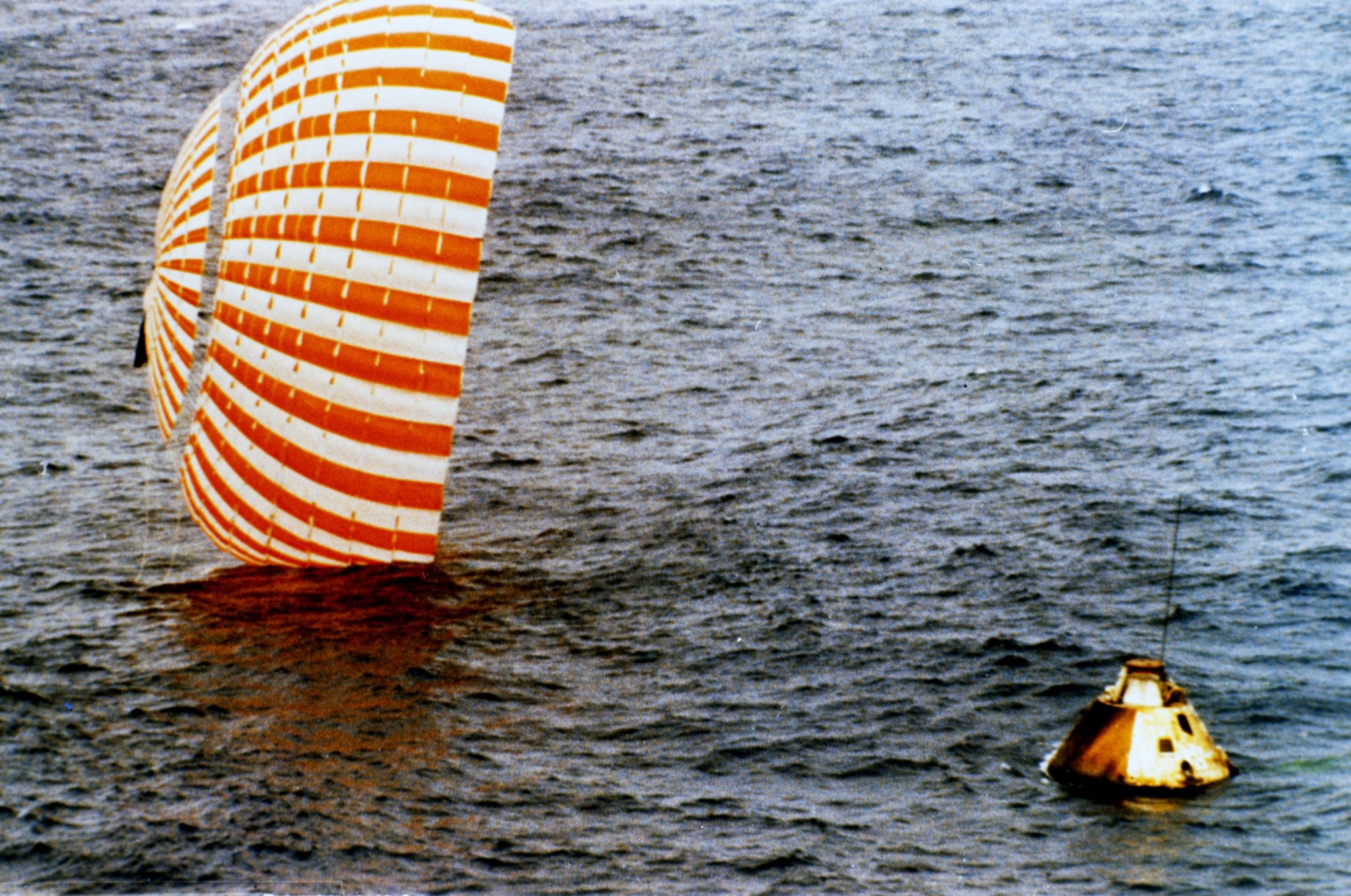
“It was really an expert launching all the way through from lifting off exactly on time to performance of every single stage,” said Dr. Wernher von Braun, director NASA’s Marshall Space Flight Center in Huntsville, Alabama.
NASA’s Associate Administrator for Manned Space Flight, Dr. George Mueller, noted that the successful flight of Apollo 4 showed that NASA was back on track to land on the Moon following the Apollo 1 fire earlier in 1967.
“The maiden voyage of the Saturn V dramatically increased the confidence of people across the nation in the management of the largest research and development undertaking in which the western world has ever engaged,” he said.
Less than two years after Apollo 4, the crew of Apollo 11 achieved President Kennedy’s goal, landing on the moon July 20, 1969. Five more missions landed by the end of 1972.
That spirit of deep-space exploration continues as NASA prepares for flights of the Space Launch System rocket with the Orion spacecraft, also lifting off from Kennedy’s Launch Complex 39, as astronauts will again travel beyond low-Earth orbit.



























